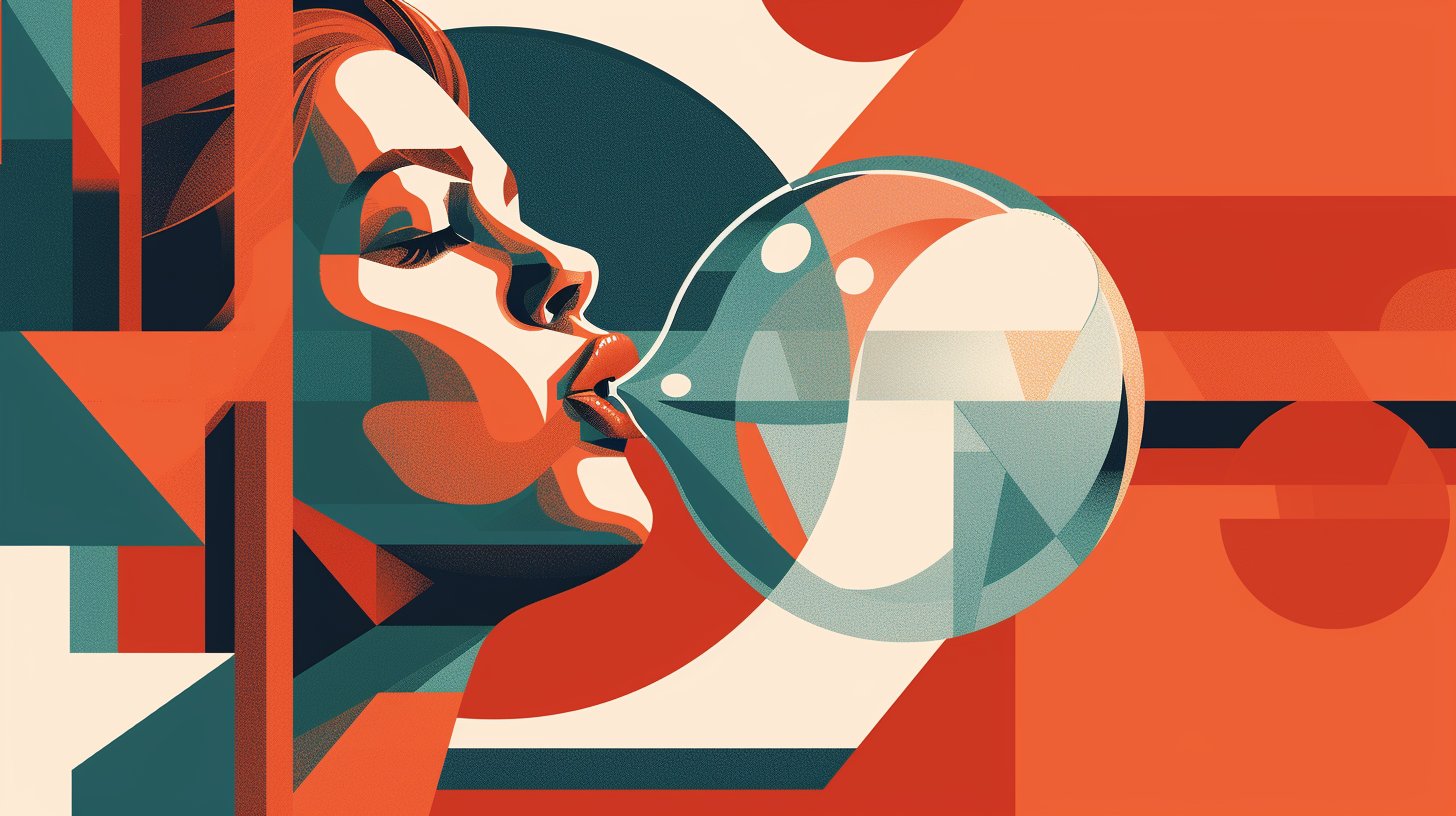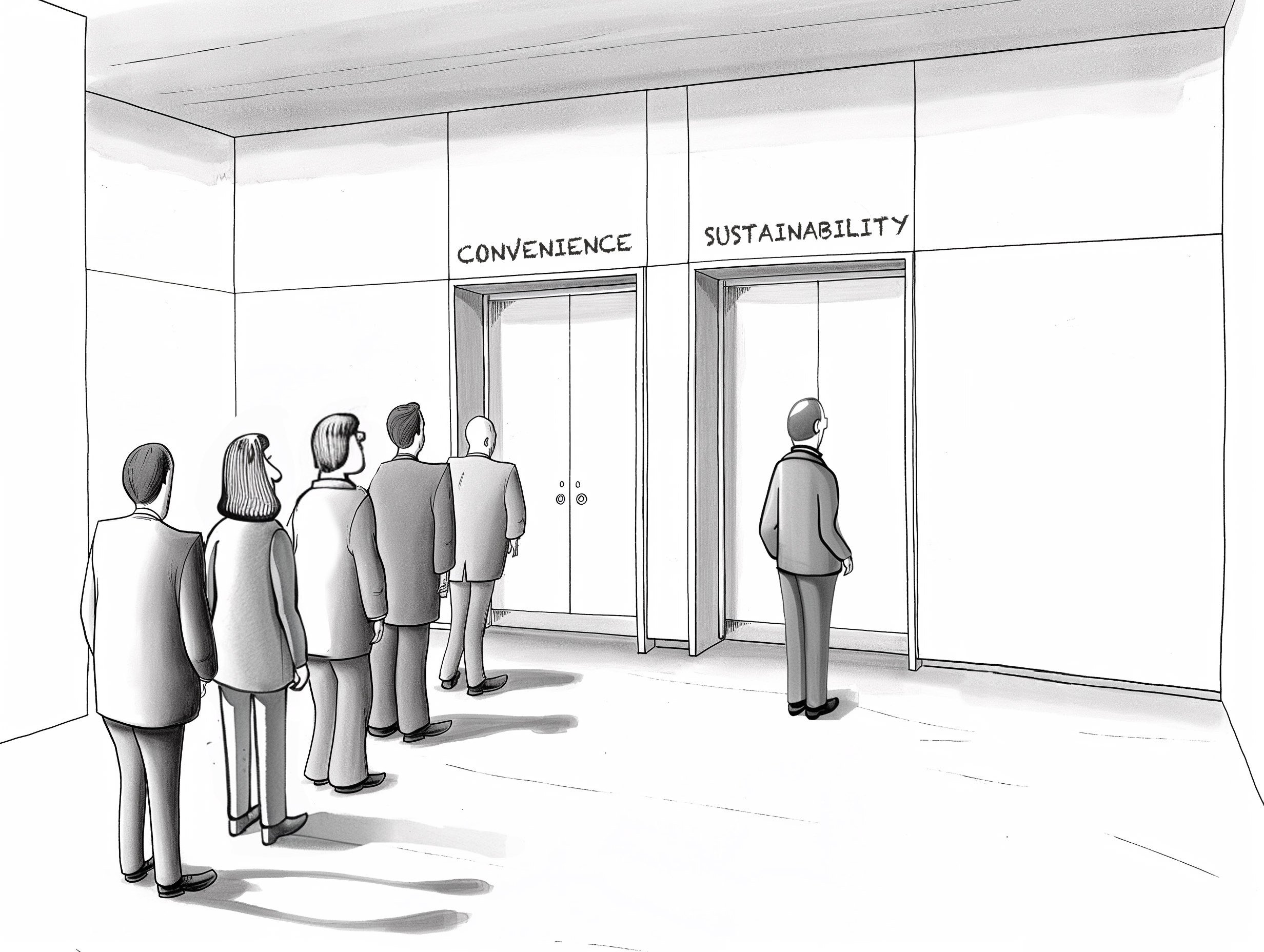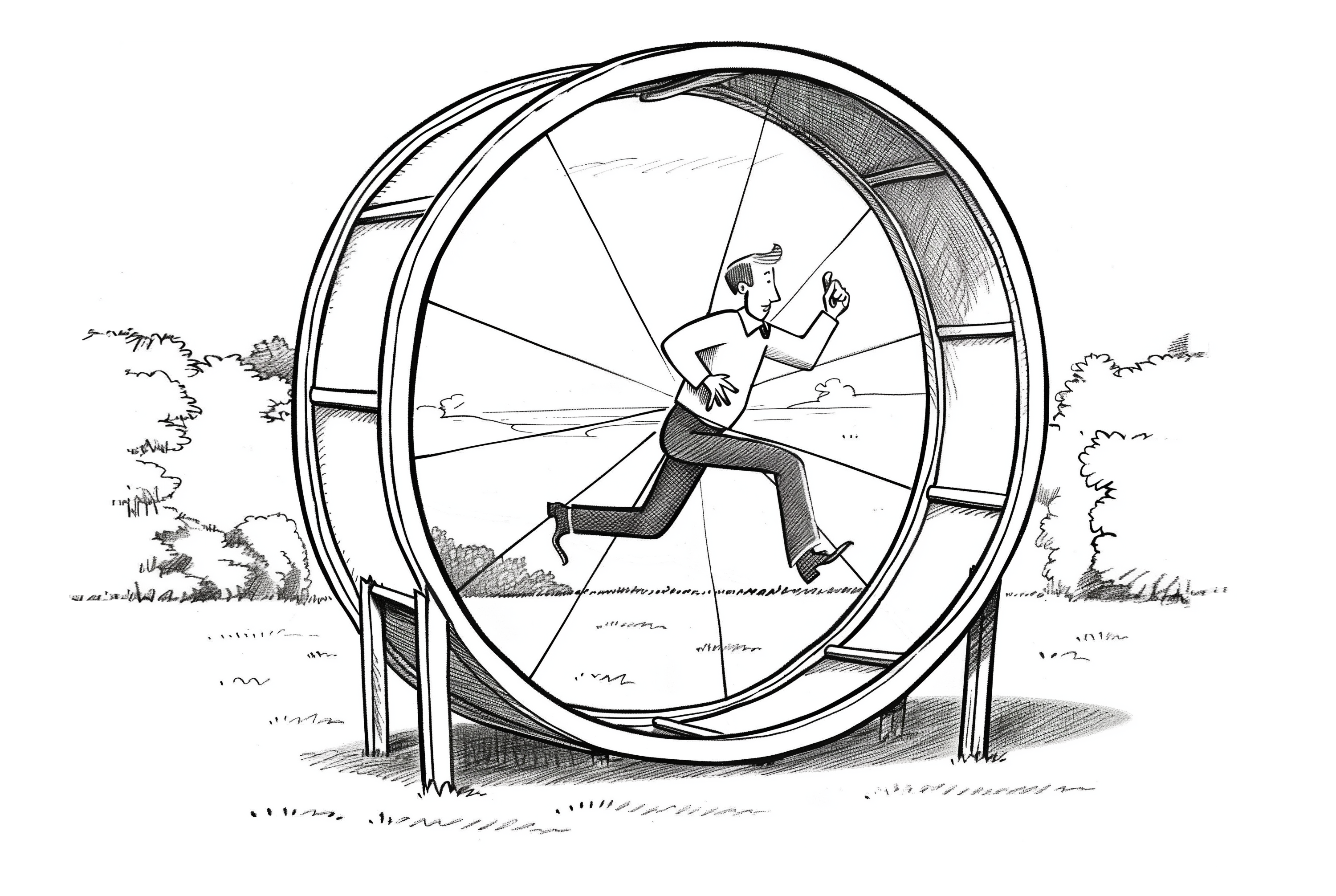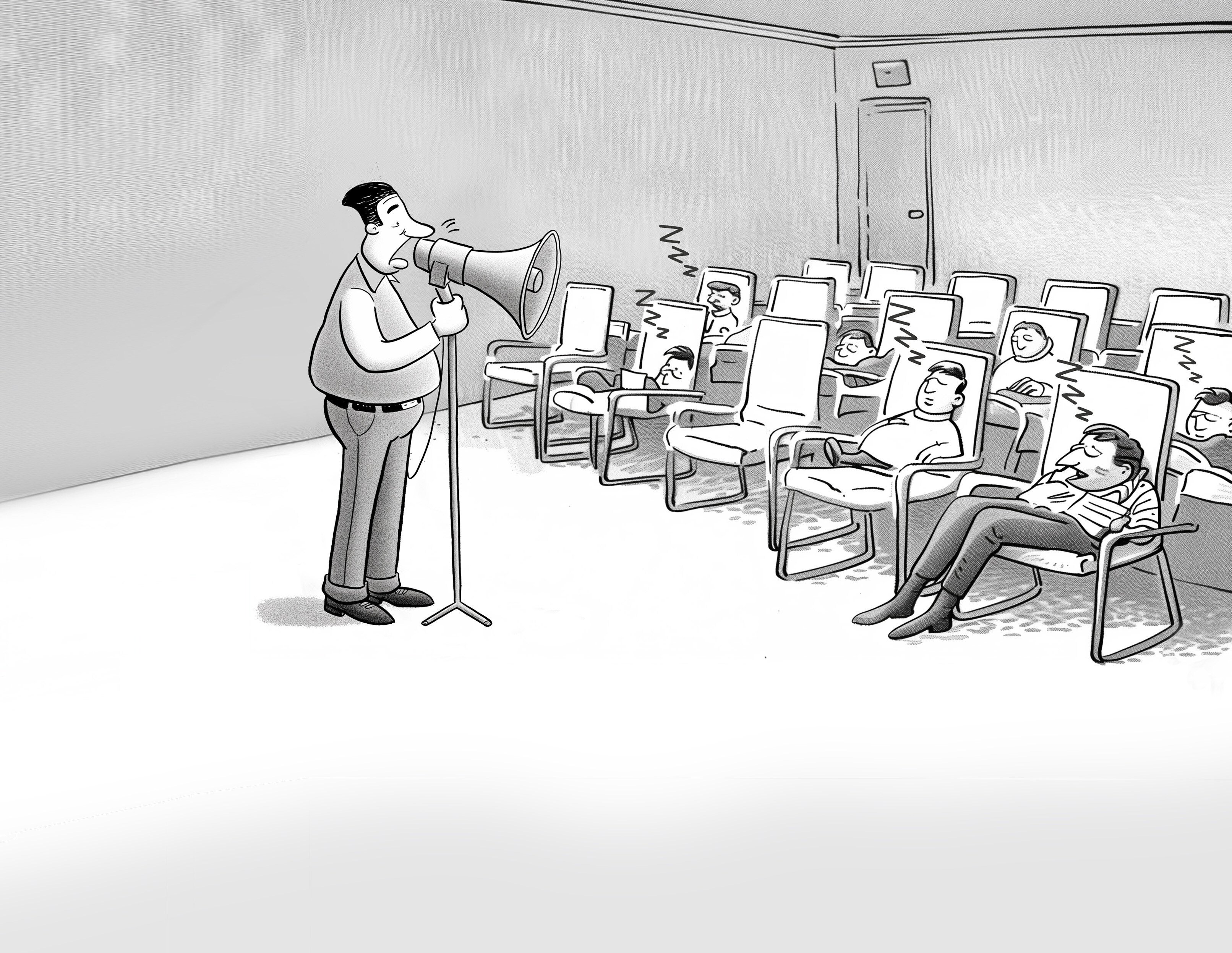Anytime you make a decision, or buy something, you travel along what we call “The Journey to Yes”.
The journey, often subconscious, is both a psychological framework and marketing theory that drives much of our work and the success of our clients.
You can see that journey below, but the truth is, buying a pack of gum when you’ve chewed gum a thousand times before is very different from buying something that represents a completely different way of doing things.
While the key steps in the journey stay the same, reaching “Yes” varies for each audience. Bringing a groundbreaking idea to market requires a vastly different approach.
The ironic problem we see is that incredible innovators don’t always recognize that difference. They approach marketing as a generalized discipline rather than a specialized craft, assuming that marketing a lightbulb is the same as marketing an entirely new way to illuminate a room.
But, when you take that traditional approach, here’s what happens:
READ MORE
One of my favorite pieces of psych research is a 1999 study by Daniel Simons and Christopher Chabris.
Before I explain, you can experience the study by watching this video (it’s only 1 minute, 21 seconds). It’s important you watch before reading on, spoilers below.
READ MORE
It’s a fundamental human behavior.
People say one thing and do another.
In sustainability, it’s a top point of discussion. 65% of consumers say they want buy from brands that support sustainability, but only 26% actually do. So, what gives?
READ MORE
When I first started working in sustainability, I suffered from imposter syndrome. I was surrounded by people who were making far more sustainable choices than I was. And I questioned my ability to ever live up to their same standards. Could I ever belong here?
READ MORE
When it comes to sharing innovative ideas, there are two ways the response could go.
On one side, there’s the lean forward. The audience collectively shifts their shoulders forward, their eyes widen, they reposition themselves – they get ready to engage. On the other side of the spectrum, is the eye roll. Listeners lean back and quickly begin to focus elsewhere, dismissing whatever they’re being told.
You’ve likely heard of the innovator’s dilemma, a term coined by Clayton Christensen. Established companies have a strong disincentive to innovate because it threatens the status quo of their growth. Less talked about, but possibly more prevalent because it affects any innovator regardless of company size, is the challenge that innovators face when sharing their new ideas. While most know the response they want from their audience, they don’t know how to get it. And the most discouraging part is that our ideas aren’t the problem. It’s how we communicate them.
We’ve seen it time and again in our focus industries (although it extends to any innovative area): Sustainability leaders losing their audience immediately because their future vision is not in touch with the current reality. Healthcare marketing executives told that their aspirations for digital patient experience are not a priority. Product teams within B2B organizations that can’t get enough funding for their B2C initiatives.
READ MORE
Congratulations on your truly remarkable innovation!
But here's the blunt truth: most new products, regardless of their brilliance, innovation, or potential to improve lives, ultimately fail. Innovators often clearly envision a world where their creation dominates the market, headlines and makes them rich along the way. However, this outcome is all too rare.
Consider MP3 players. Remember the MPman F10, the Rio, or the Creative Nomad Jukebox? Neither do I. But we all vividly recall the iPod – which came after many other similar products.
Why do many excellent products, services, or technologies falter while sometimes inferior ones succeed? It's because they attempt the impossible—they aim to capture everyone's attention. In doing so, they stumble into what Geoffrey Moore famously termed "the chasm"—a vast void between early adopters and the broader market. It's where promising ideas meet their demise.
You might argue, "But this new product is genuinely incredible!" However, two significant obstacles stand in your way. First, we're all bombarded with messages incessantly from all directions, forcing us to tune most of them out – making it nearly impossible to gain attention. Second, gaining acceptance for a new idea means challenging entrenched habits—a notoriously difficult feat.
READ MORE
Habits are so essential to our survival that their behavioral patterns are imprinted into our subconscious neural pathways. And anything that is counter to those habits is seen as a potential threat to our stability and safety.
But what happens when a brand needs their market to break free from these patterns?
READ MORE
When Google Glass launched to the public in 2014 after a $400 Million investment, it was heralded as the next big thing in wearable technology. But, less than a year later, the product was pulled from shelves. It’s a prime example of the unfortunate reality of innovation. Having a vision for a revolutionary product is not enough.
The launch campaign for Google Glass struggled to paint a clear picture of its place in consumers’ everyday lives.
“...though I tried, very hard, to make Glass a part of my life, I simply didn't feel comfortable with the screen hovering just out of my line of sight.” April 2014 Review in The Washington Post
Success and failure in innovation hinge on your ability to help others see themselves in the future you’ve envisioned. The iPod is a perfect case study. It wasn’t the first to market, but its success over other failed MP3 players can be attributed to Apple's ability to envision a new future of music consumption. Steve Jobs didn't just sell a device; he sold an experience, a new way of interacting with music that was so compelling that people wanted to be in this new world.
READ MORE
SUBSCRIBE
sign me up for news, inspiring creative, and other updates (privacy policy)
POST TOPICS
- Healthcare (43)
- Strategy (36)
- Best Practices (22)
- B2Me (21)
- Technology (21)
- Copywriting (20)
- Digital Marketing (20)
- Addictive Experience (14)
- B2B (13)
- Creative (10)
- Experts (9)
- Addictive Marketing Podcast (8)
- Gamification (5)
- Behavior Change (3)
- Content Management System (3)
- Lead Generation (3)
- Advertising (2)
- Branding (2)
- CMS (2)
- Journey Mapping (2)
- Market Research (2)
- Sustainability (2)
- AR (1)
- Augmented Reality (1)
- Lead Nurture (1)
- healthcare revenue generation (1)











